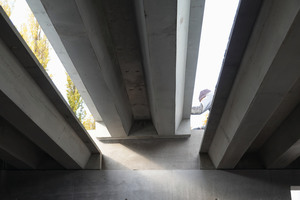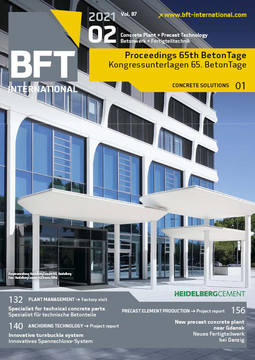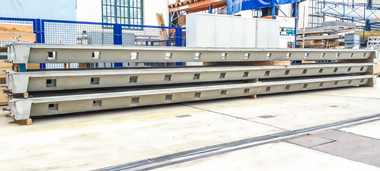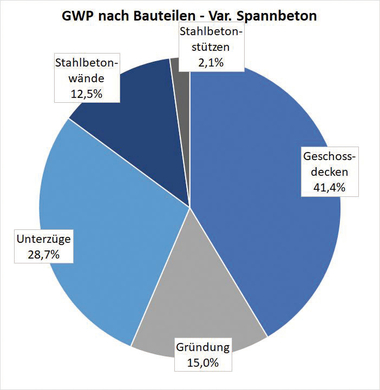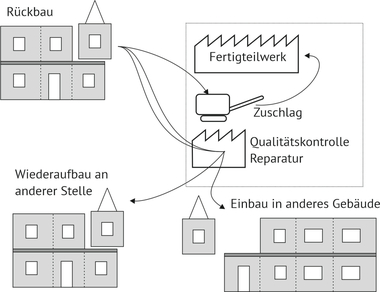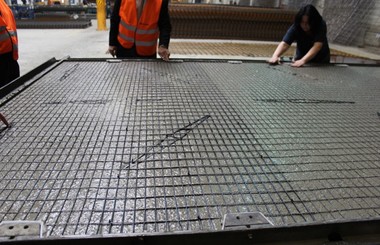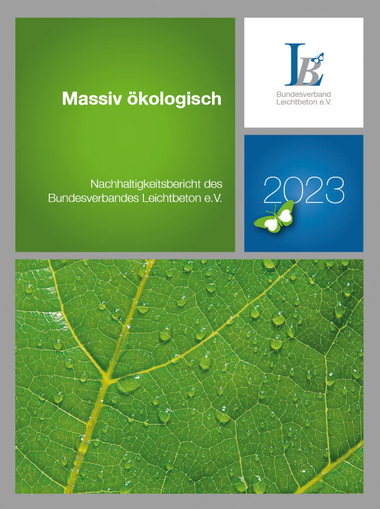Carbon prestressing – New floor cross-sections for building construction
Owing to the significant share of cement production, building with concrete generates about 8 % of global CO2 emissions while also contributing to the imminent worldwide depletion of sand and gravel resources. However, since we are currently unable to abandon concrete construction, an alternative solution would be to significantly reduce the mass of concrete structures while retaining the method’s cost effectiveness and associated comfort.
Solid reinforced-concrete floors have set a global standard in building construction, encompassing, for instance, office, residential and hotel buildings. In the future, lightweight yet rigid, carbon-prestressed floor systems will provide an appropriate solution for substituting them. Conventional concrete floors are usually 30 cm thick, but they could be replaced with lightweight, corrosion-resistant shell structures with an average thickness of only 10 cm in order to make a tangible contribution to saving resources and thus reducing CO2 emissions. Precast floor slabs open up a greater sustainability potential because less waste is generated during their prefabrication. They also allow for easier removal and demolition as well as more efficient reuse.
The lightweight, high-strength, fatigue-resistant category of carbon fiber reinforced polymers (CFRPs) excels with a tear length of approximately 200 km, which presumably is the greatest of all materials. They allow for a very high degree of concrete prestressing while making it possible to reduce the concrete cover to the required minimum. In so doing, the full range of benefits of lightweight construction can be utilized since the spans commonly used in building construction tend to be rather small compared to bridge structures, and simply or doubly curved elements can be used to activate the structural shell behavior while minimizing bending. This principle paves the way towards designing slender and lightweight yet rigid structural components that minimize concrete consumption without compromising on the benefits such as durability and cost effectiveness.

